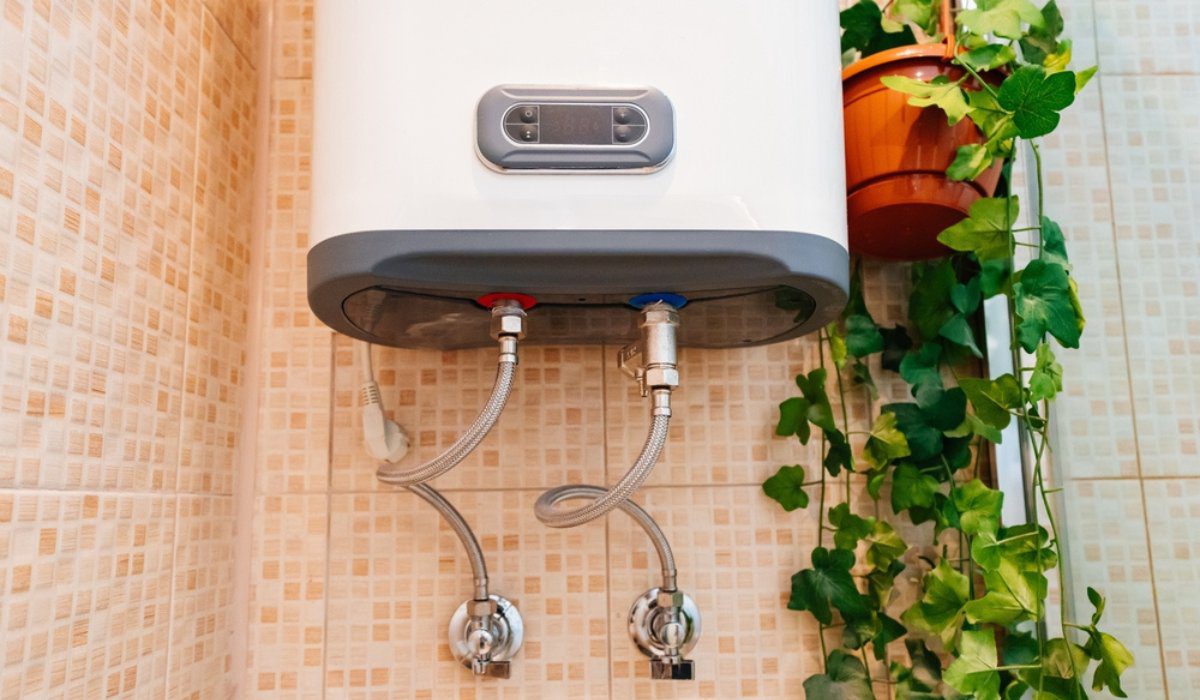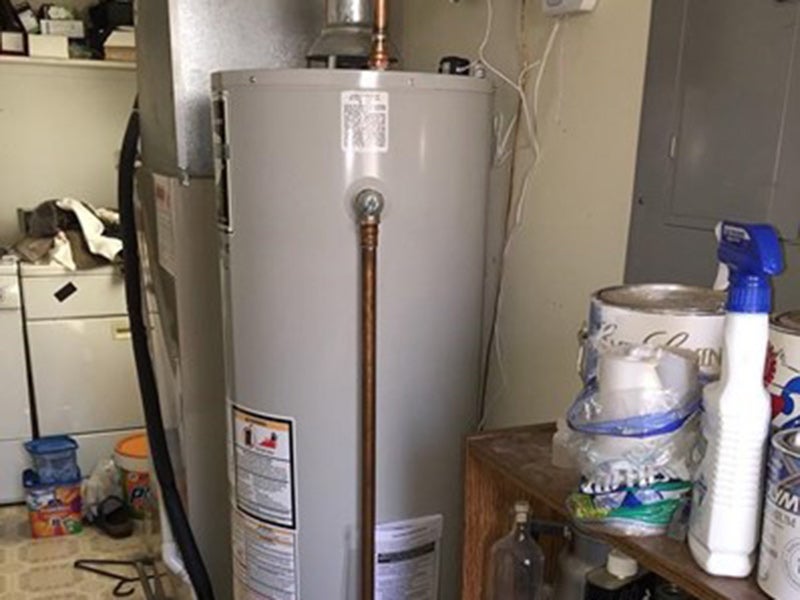What're your ideas about Tips For Maintaining Your Hot Water Heater?

Warm water is vital for daily comfort, whether it's for a revitalizing shower or cleaning dishes. To ensure your warm water system runs effectively and lasts longer, normal maintenance is essential. This article supplies useful pointers and understandings on exactly how to maintain your home's warm water system to prevent disruptions and expensive repair work.
Intro
Preserving your home's warm water system might appear challenging, but with a few simple steps, you can ensure it operates smoothly for years to come. This guide covers every little thing from comprehending your hot water system to do it yourself maintenance pointers and recognizing when to call professional aid.
Significance of Maintaining Your Hot Water System
Normal upkeep not just extends the life-span of your warm water system but also guarantees it operates successfully. Neglecting upkeep can cause reduced efficiency, higher power costs, and even premature failing of the system.
Signs Your Warm Water System Demands Maintenance
Recognizing when your warm water system requires attention can avoid significant issues. Keep an eye out for signs such as irregular water temperature level, odd sounds from the heating system, or corroded water.
Understanding Your Warm Water System
Prior to diving right into maintenance tasks, it's helpful to understand the standard components of your hot water system. Commonly, this includes the water heater itself, pipes, anode poles, and temperature controls.
Monthly Maintenance Tasks
Routine month-to-month checks can assist catch small issues before they escalate.
Flushing the Hot Water Heater
Flushing your water heater gets rid of debris build-up, boosting efficiency and extending its life.
Monitoring and Changing Anode Rods
Anode poles protect against deterioration inside the container. Evaluating and replacing them when worn is crucial.
Checking and Changing Temperature Setups
Adjusting the temperature setups guarantees optimum performance and safety.
DIY Tips for Upkeep
You can do numerous maintenance jobs yourself to keep your warm water system in leading problem.
Checking for Leakages
Consistently check pipes and connections for leakages, as these can result in water damages and higher costs.
Testing Stress Alleviation Valves
Evaluating the pressure safety valve guarantees it operates correctly and protects against too much stress accumulation.
Protecting Pipelines
Insulating hot water pipelines minimizes warm loss and can save power.
When to Call a Specialist
While DIY upkeep is beneficial, some problems require professional proficiency.
Complex Issues Requiring Specialist Help
Examples include major leakages, electrical issues, or if your hot water heater is consistently underperforming.
Regular Expert Maintenance Conveniences
Expert upkeep can include extensive evaluations, tune-ups, and ensuring conformity with safety requirements.
Verdict
Normal maintenance of your home's hot water system is important for performance, long life, and expense savings. By adhering to these suggestions and recognizing when to seek specialist assistance, you can make certain a dependable supply of warm water without unanticipated disruptions.
How to Maintain an Instant Hot Water Heater
Before tinkering with your hot water heater, make sure that it’s not powered on. You also have to turn off the main circuit breaker and shut off the main gas line to prevent accidents. Also turn off the water valves connected to your unit to prevent water from flowing into and out of the appliance. 2. When you’re done, you have to detach the purge valves’ caps. These look like the letter “T†and are situated on either side of the water valves. Doing so will release any pressure that has accumulated inside the valves while at the same time avoid hot water from shooting out and burning your skin. 3. When the purge valves’ caps are removed, you have to connect your hosing lines to the valves. Your unit should have come with three hoses but if it didn’t, you can purchase these things from any hardware or home repair shops. You can also get them from retail stores that sell water heating systems. Read the user’s manual and follow it to complete this task properly. When the hosing lines are connected, open the purge port’s valves. 4. You should never use harsh chemical cleaners or solutions when cleaning your unit. Make use of white vinegar instead. It should be undiluted and you’ll probably use about 2 gallons. 5. Now flush your water heater. This task should probably take about 40 minutes. We can’t give you specific directions for this because the procedure is carried out depending on the type, model and brand of your heater. With that being said, refer to the user’s manual. 6. When you’re done draining the unit, you have to turn off the purge port valves again. Remove the hosing lines that you earlier installed on each of the water valves. Put the valve caps (purge port) back in their respective places and be very careful so as not to damage the rubber discs that are found inside these caps. 7. Now that everything’s back in place, check your user’s manual again to find out how to reactivate your water heating system. 8. Once it is working, turn one of your hot water faucets on just to let air pass through the heater’s water supply pipes. Leave the tap on until water flows smoothly out of it. https://www.orrplumbing.com/blog/2014/september/how-to-maintain-an-instant-hot-water-heater/

I'm very fascinated with Tips For Maintaining Your Hot Water Heater and I hope you appreciated my entry. Sharing is good. You just don't know, you may very well be helping someone out. Many thanks for being here. Don't hesitate to check up our site back soon.
This Post